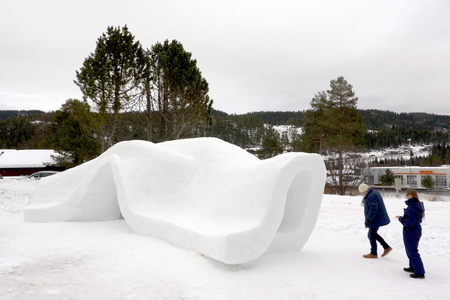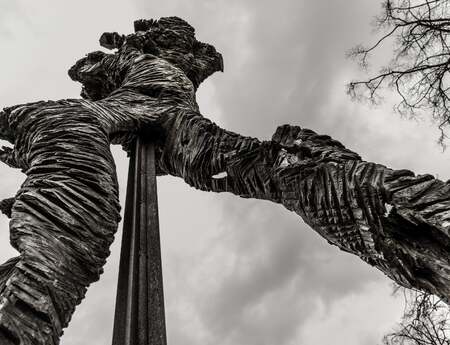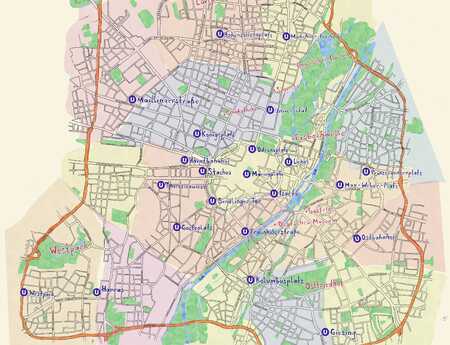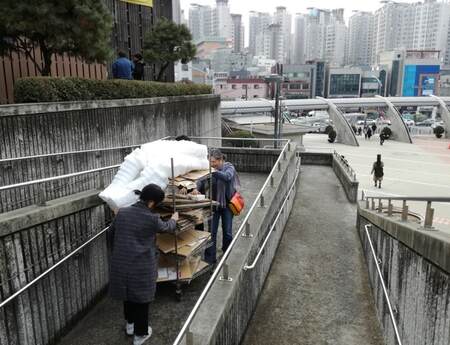Nothing - Shaping with Snow
Nine architecture students from Braunschweig make their way to Norway. The goal: snow sculptures. The medium: snow. The motto: Nothing. How did the implementation go? What does the result look like? The students report.
Packed in thick winter jackets, with heavy snow boots, big backpacks and bags full of gloves, caps and thermal underwear we are standing at the airport in Oslo in the morning hours, while outside the snow is melting due to the temperature. We followed the call to attend the snow festival in Vinje in the Telemark, about a 4 hour bus ride away from Oslo in the directions of Bergen, into the beautiful snow landscape of Norway.
There are nine of us, a mixed group of Bachelors and Masters students and Ilka Raupach, a sculptor, our seminar leader and real snow expert. Ilka is going to Vinje to build snow sculptures for the eighth time and she is still full of enthusiasm for Norway, for this excursion and for snow as a sculpting material.
The closer we get to our destination, the more sparsely the area is populated, the more snow there is and the colder it gets, even if, as we later learn, it is much too warm for Norwegian conditions and the snow depth is much too low. We, the Germans, who are used to brown, muddy snow colored by dirt and exhaust fumes, are impressed by the white winter landscape.
Once there we live at the camp ground in small, cozy huts, each with a fireplace. One hut is our meeting point for cooking and eating together, but also to discuss how to build the snow sculpture, how to rethink it from the small clay model into the material of snow.
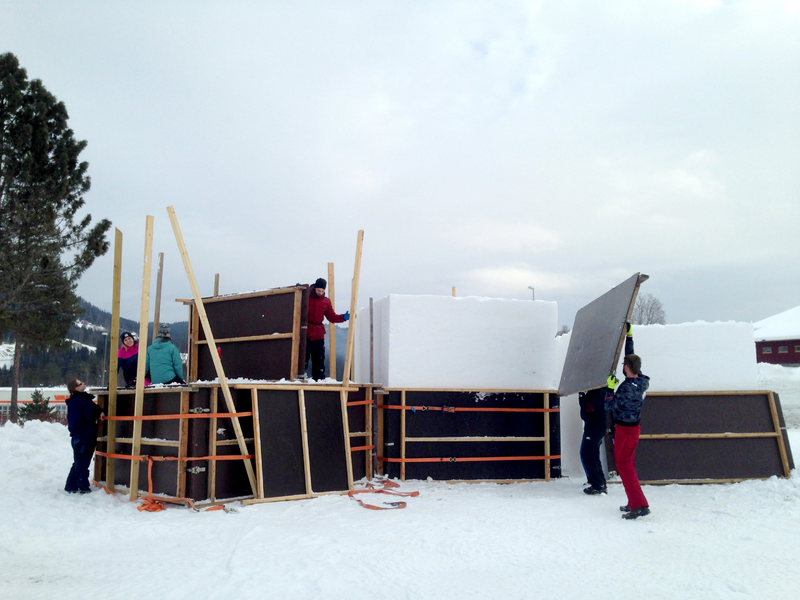
In Braunschweig, where we all study architecture at the Technical University of Braunschweig, we met once a week to design the shape of our sculpture.
Nothing. That was and is the motto for our work.
In preparation we studied various artists and their sculptures. We learned from Johannes Keppler how snow crystals function and experienced their incredible diversity.
After making many drafts for our topic we agreed on a form - it lies like a cloth with many folds across the landscape. This shape creates spaces in between the folds, which create a tremendous amount of intensity, even though they are actually "nothing". From three massive snow cubes placed one behind the other, we create a cloth of snow that seems to fold easily and floats more than lies, thus taking the heaviness out of the wet snow and making it appear light.
Normally at the snow festival in Vinje the sculptures are made out of 3 m x 3 m x 3 m snow cubes, which are created, built up and then fixed in place by us students on 2 days before the event. This is not a simple task; it requires a lot of strength and results in wet clothing. The force of snow when it is pressed against a frame and compressed is considerable, so the frame has to be well secured to prevent the mass of snow from breaking it. For our sculpture and those of the other participants, we processed a total of 220 tons of snow, compressing it and scraping it out again.
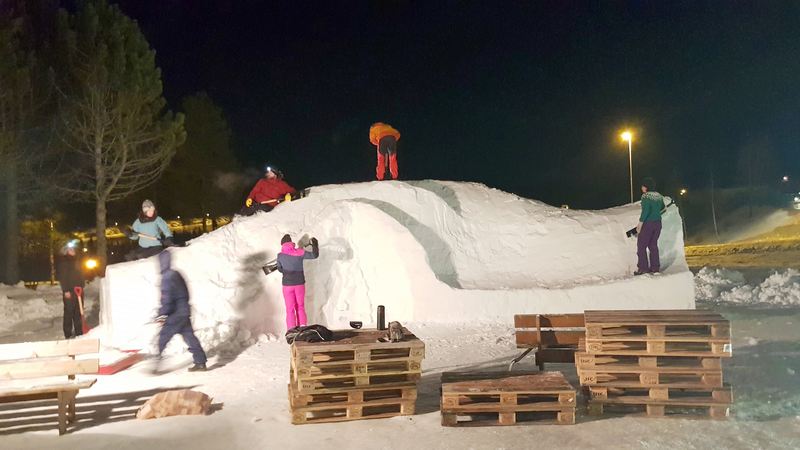
We also visited the stave church in Eidsborg, a traditional Norwegian wooden building. It is a must for future architects.
The secret of success for our trip was a well-balanced program - building the snow cubes, tobogganing in between to relax and finally, as the highlight, creating the sculpture.
We were given a very warm welcome in Vinje and always felt at home.
Snow is an incredibly versatile material. We got to pile it up, compress it and scrape it out again, shoveling it away and hollowing it out in order to create "nothing" and also to realize that nothing is not nothing after all.
At the end of our trip we visited the architectural highlight, the opera in Oslo. After a week of snow and ice in Vinje, the icy opera roof was no problem for us and offered us a beautiful view over the city.
We hope that the snow festival in Vinje will continue even without Ilka, who unfortunately was supervising the seminar for the last time, because for us it was a unique experience.
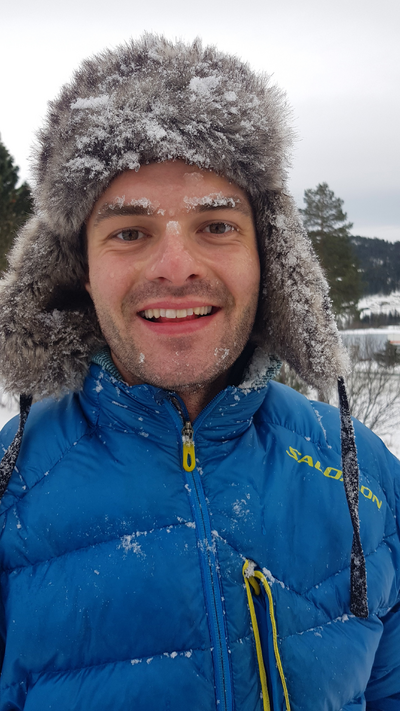
Author: Veit Auch
Veit Auch, 25 years old, studies architecture at the TU Braunschweig in the 1st semester for a Master's degree.
"Snow is my friend"
I grew up in a family that loved to ski and I had to make friends with this cold, white and sometimes unpleasant stuff, because we were often out in the snow, be it with sleds, skis or just so.
Snow is fascinating. Wet, sticky, powdery, heavy, light, hard, soft.
It has infinitely many conditions.
Sometimes it holds together like concrete, sometimes it falls apart like flour.
I like every type of snow. Even when it is flowing from the mountains in the springtime and I have to jump from snow spot to snow spot on my skis.
It is a last rebellion against the inevitable summer.
When it's snowing outside I have to go out.
Dancing in the rain may sound romantic, but it's definitely more fun to do in the snow.
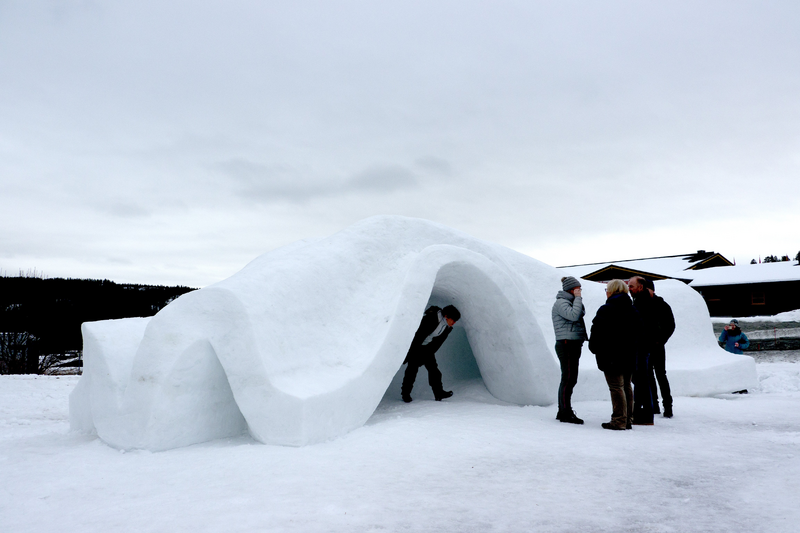
"To create something so big out of nothing, with just a few shovels and many busy hands, is something special that I will remember for a long time to come." - Tilman
"I found the changeability and the level of detail of snow very surprising. Snow as a building material is incredibly versatile and can be used well if the temperatures are right." - Jana
"The allure of snow
Snow can be light, ephemeral heavy, temporarily lasting
Depending on the circumstances, depending on how one works with the snow.
Working with snow can flow easily, if one is working out the details, but also can turn out to be heavy, if it falls on one in a large body.
Snow is changeable and it changes.
From the beautiful, soft, powdery snow to the dirty, old snow you find on the roadside
From Nothing to a folding.
The snow seems so light, but in its mass it is so very heavy.
The floating lightness in the air evaporates within the landing on earth.
How can we capture this lightness? Translate it sculptural?" - Kristin
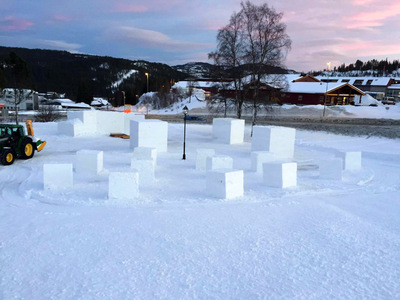
"The week in Norway was interesting and instructive for me personally in many ways. On the one hand it was very interesting to dive into a new culture, to get to know local people, their views and ways of working, and to see how the buildings fit into the landscape. Due to the topography and the loose arrangement, the buildings in Norway that are located outside of the big cities have space make an impression. The original and modified wooden constructions, which are still widespread, were very inspiring. It was also a worthwhile experience to get to know snow as a new building material and to see how our team created a large-scale construction based on the small clay model. It was fascinating to see how the effect of the idea of amorphous folds could be transferred from the working model to the snow sculpture and how it could function as walk-in architecture." - Elena
